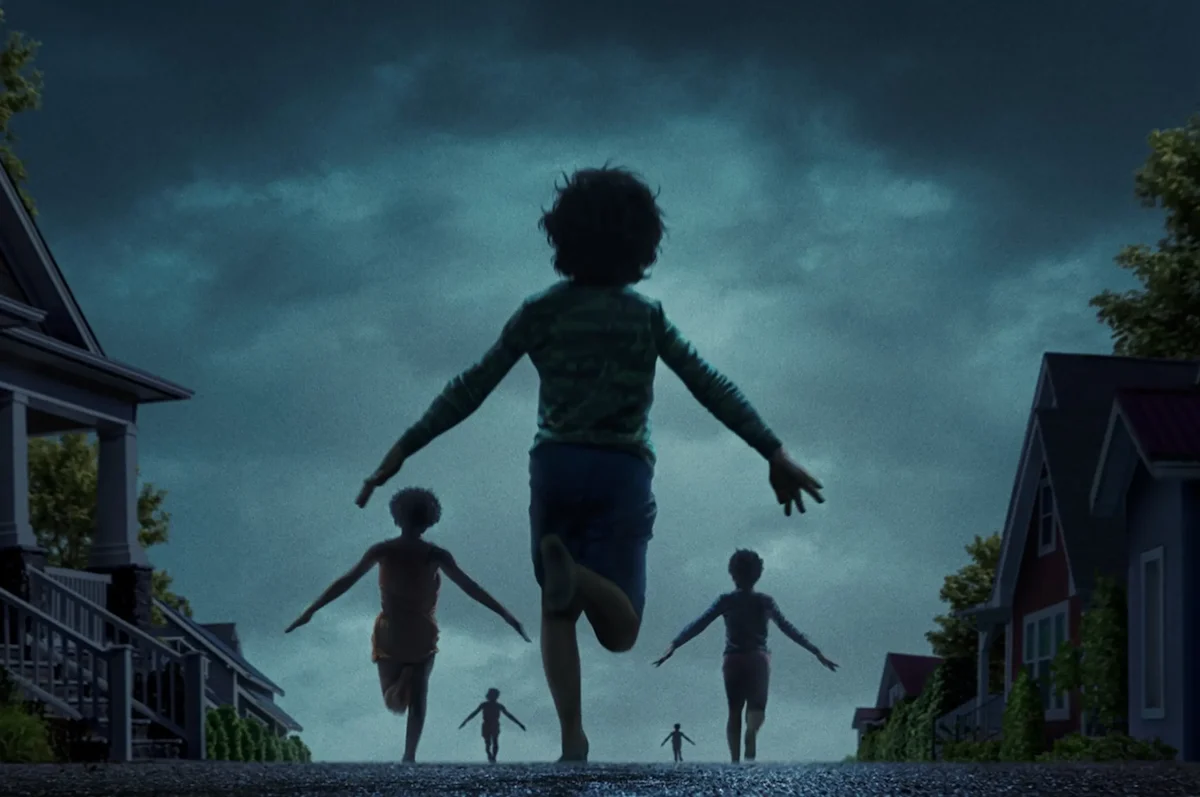Taylor Swift’s musical domination rages on with the release of her newest album, “The Tortured Poets Department.” She is hands-down this generation’s “it girl,” influencing young girls across the globe in their lifestyles and behavior; but her impact is seemingly inadequate to last beyond the confines of this century.
In the 16th track of “The Tortured Poets Department,” titled “Clara Bow,” Swift grapples with the concept of being cast as a standard rather than phenom to future generations, a jarring notion for entertainers to explore.

Clara Bow was the it girl of the 1920s with her numerous and suggestive starring roles in silent movies like “The Plastic Age,” “The Ancient Mariner,” and perhaps most infamously, “It.” She largely influenced future American sex symbols like Marilyn Monroe and popularized the flapper style as well as thin eyebrows and red lips.
Swift’s song “Clara Bow” is written almost exclusively in quotation, alluding to those that – early in her career – would compare her to past stars, or “it girls.” She specifically mentions both Bow, and Stevie Nicks. The final verse references the future generations to which she will not be casted as an influential artist, but rather a standard to exceed.
The verse reads, “‘You look like Taylor Swift / In this light / We’re loving it,” and goes on to, “‘You’ve got edge / She never did / The future’s bright / Dazzling.”
In her “The Tortured Poets Department” commentary, recently released on Amazon music, Swift delves into the inspiration for “Clara Bow.”
“I used to sit in record labels trying to get a record deal when I was a little kid,” Swift said. “And they’d say, ‘You know, you remind us of’ and then they’d name an artist, and then they’d kind of say something disparaging about her, ‘But you’re this, you’re so much better in this way or that way.’ And that’s how we teach women to see themselves, as like, ‘You could be the new replacement for this woman who’s done something great before you.’”
Since entering the industry, Swift has spoken frequently about the disadvantages of being a female artist. The song itself references the “girlish glow” that they must yield to even be acknowledged.
In another song entitled “Mirrorball,” which is featured on her 2020 album “Folklore,” she compares celebrities to the reflection of mirror balls that must change to fit the likings of onlookers.
In one line she states, “I want you to know / I’m a mirrorball / I can change everything about me to fit in.”
She specifically attributes this to females in the industry, over the course of her career using several outlets to emphasize male privilege in music and entertainment. “The Man,” which was released in 2019, showcases the lack of effort males must exhibit to be credited, while females work away for minimal acknowledgement.
Her documentary entitled “Miss Americana” specifically highlights her struggles as a female artist that she claims male artists are never faced with.
“It’s a lot to process because we do exist in this society where women in entertainment are discarded in an elephant graveyard at 35,” Swift says in her documentary. “Everyone is a shiny new toy for like two years. The female artists have reinvented themselves 20 times more than the male artists. They have to or else you’re out of a job. Constantly having to reinvent, constantly finding new facets of yourself that people find to be shiny.”
It’s no surprise that, given the extent of her fame, Swift has been faced with a myriad of challenges.
In the early 2010s, she was berated for her singing voice, songwriting abilities, and even dating history. And this disparagement had its impact. She claims this led her to write her songs completely alone, incessantly work on her vocal abilities, and stop dating for many years.
“I decided I would be the only songwriter on my third album, ‘Speak Now,’ and that I would tour constantly, work on my vocals everyday and perfect my stamina in a live show,” she said in her Billboard Woman of the Decade acceptance speech. “I decided I would be what they said I couldn’t be…They’re saying I’m dating too much in my 20s? Okay, I’ll stop. I’ll just be single for years. Now they’re saying my album ‘Red’ is filled with too many breakups songs? Okay, I’ll make one about moving to New York and deciding really my life is more fun with just my friends.”
Scrutiny became too much to bear in 2016 when Kim Kardashian publicly painted Swift a liar, causing millions of others to render her the same.
Kardashian illegally recorded a phone call which made it out that Swift had wholly approved Kanye West’s “Famous” release, when she was never made aware of an offensive lyric directed towards her. In the lyric, West refers to her using a derogatory term, and takes responsibility for her fame.
Kardashian released an edited section of the call on Snapchat, and viewers were quick to accuse Swift of lying. The “Kim Exposed Taylor Party” grew quick to popularity, and people began flooding her Instagram with snake emojis not only in support of Kardashian, but also her ex-boyfriend Calvin Harris whom she had broken up with on futile terms.
Swift disappeared in 2016. She fled to the United Kingdom with new spouse Joe Alwyn in what would become the greatest letdown of her career. But not quite the end.
Clara Bow: Career and Death
Clara Bow grew up in poverty with an alcoholic father and schizophrenic mother. When given an opportunity to pursue acting as a teenager, she dropped out of school in a pursuit of Hollywood fame, but mostly to escape from the hellscape that was her childhood.
But, like Taylor Swift, scrutiny was bound to scar, but never destroy the young want-to-be actress. She admitted to being turned down multiple times usually due to her size, but also her age. She eventually struck a deal with Paramount Pictures which entitled her to act in a series of silent movies.
And audiences could not resist the charm and sex appeal of 20-something year old Clara Bow. She began her rise to fame with several silent films like “Beyond the Rainbow” and “Poisoned Paradise” but her career did not peak until after “It” which left viewers enthralled by her performance. Fans began sending mail to Bow that was addressed to “The It Girl,” rather than her actual name.
Despite attaining a certain extent of success, Bow’s unfavorable upbringing brought challenges to her career in the film industry. She was simply not sophisticated enough to be wholly accepted by fellow entertainers, who primarily grew up in privileged households. A magazine quoted Bow on her statement, “Mosta my friends’re ones I knew before I paid income tax.”
Her role as an American sex symbol made it uncomfortable for peers to associate with Bow. She was also scrutinized for becoming engaged to multiple men that she would never end up marrying. There was also a rumor that she once unzipped a married man’s pants in front of his wife at a high-class party. She was formally married to actor and politician Rex Bell in 1932.
Scrutiny eventually broke young Clara Bow who escaped the public eye at 28 years old. She claimed that it was not worth her time to be renowned only as a sex symbol rather than influential actress.
“I’m just the whipped cream on top of the pie,” she said. “I don’t want to be remembered as somebody who couldn’t do nothin’ but take her clothes off.”
On top of this, Bow was betrayed by former ally Daisy DeVoe, who publicized tabloids regarding her drug usage- which was provoked by Hollywood’s excessive demands-, and lack of conservative morals.
She fled to a Nevada Ranch with Bell and their two sons for a period of time, which wasn’t long. They called it their “Desert Paradise,” located in the sparsely populated Las Vegas, where Bell and Bow could garden cactuses for most of the day and drink fervently in between.
Bow was eventually diagnosed with schizophrenia after a suicide attempt. In 1950 she was forced away from her husband and kids and lived in Hollywood accompanied only by a live-in nurse.
Bell died in 1962, and Bow in 1965, both of a heart attack.
Hollywood redemption never found Bow as she was forever casted the “wild child” of the 1920s. And perhaps that was a narrative she never asked to live out, but rather the one she was forced into for the sake of legacy over life.
Swift got revenge, Bow didn’t need to
Taylor Swift released “Reputation” in 2017, which was her clapback from 2016 feuds and disparagements. There were snakes “everywhere,” which she emphasized in her Billboard speech, including a giant inflatable one on the Reputation tour.
She’s taken over the music industry like no one has ever done, grossing more than a billion dollars with the worldwide Eras Tour, which kicked off in March 2023. And Swift’s fans, the Swifities, defend her at any moment when it’s possible to do so.
Abby Lee Miller was recently faced with a wave of backlash after suggesting that Travis Kelce was a better dancer than Swift. Fans called her out, with many of them angrily expressing that Swift never claimed to be a dancer.
“I don’t think mommy and daddy had her in dancing school really pushing her,” Miller stated in response. “And she wasn’t competing and doing all these things because she was singing. She’s an amazing singer-songwriter.”
What Taylor Swift has created is a legacy non-negotiable by critics. One that has been carried out in music, dollars, but primarily the loyalty of fans. Loyalty exists permanently in online receipts of their poses in Eras Tour merchandise, long lines to stadium doors, and local Targets next to the brand new vinyl.
Clara Bow never got revenge on her Hollywood critics, Daisy DeVoe, or the actresses that never wanted to be her friend. What she did do was inspire the next generation of females in entertainment and society, an undeniably substantial feat.
Like Bow, when Swift’s reign comes to a close, her inspiration will live on whether or not critics want to acknowledge it.
And if Bow and Swift’s lives have taught society anything, it’s that “it girls” inspire indefinitely, and are therefore disparaged inevitably.















